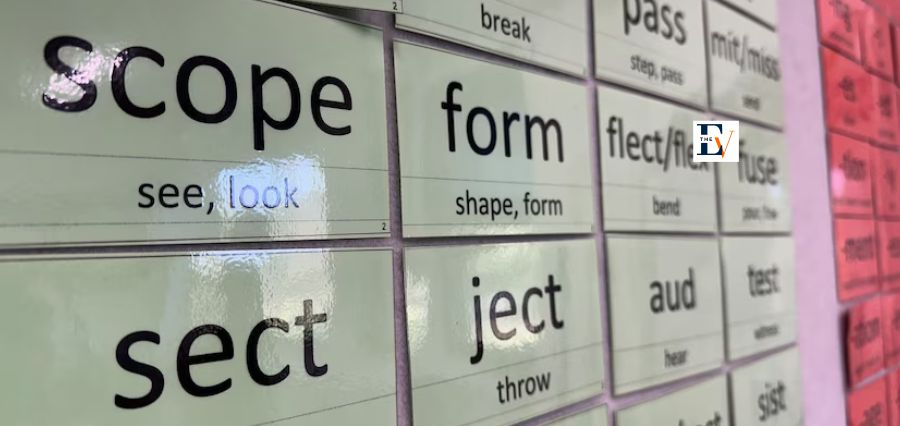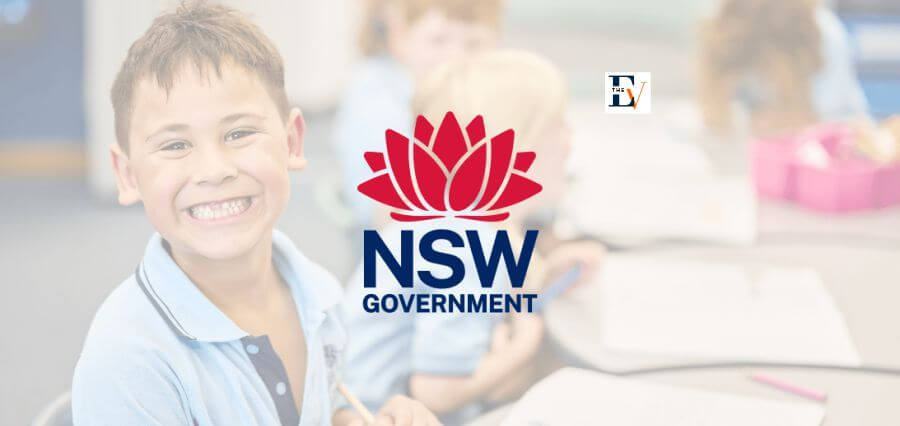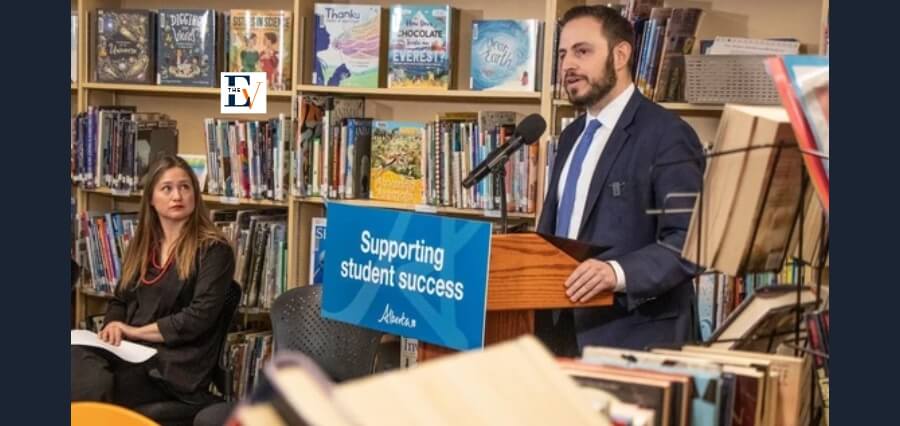Every child’s growth should include learning to read, but Australian children are finding it more and more difficult to do so. According to a Grattan Institute report released earlier this week, a third of pupils are not learning to read effectively because they continue to use an outdated and ineffective method of instruction.
The evidence-based “structured literacy” approach to teaching children to read should replace the “whole language” approach, according to the report. Although a trained teacher cannot be replaced, we’ve asked the professionals for their best advice on how parents may use structured literacy to assist educate their children to read at home.
Teaching reading with Structured Literacy is the most effective and scientifically supported method. Combining explicit teacher-led instruction with phonics (sounding out words) is known as structured literacy. This contrasts with the “whole language” approach, which gained traction in the 1970s but has subsequently been debunked by significant international investigations. According to this approach, pupils can acquire reading skills naturally only by being exposed to high-quality books.
Setting Up the Foundation
On the other hand, whole language assumes that reading is simple and instinctive, which research is increasingly demonstrating isn’t always the case. It’s also important to determine whether a youngster has a learning disability if they appear to be having significant difficulties. However, Professor Rauno Parrila, the director of the Australian Catholic University’s Center for the Advancement of Literacy, advises against seeking a diagnosis immediately away. “I would first figure out what is going on in the school – is it using explicit, systematic phonics [structured literacy] instruction?” In that case, he suggested, it could be time to consider obtaining a proper diagnosis if other treatments have failed.
According to Tess Marslen, a senior policy analyst at the Australian Education Research Organisation, comprehending the six main tenets of the science of reading—the foundation of structured literacy—is an excellent place to start. “Parents are crucial in helping their children on their reading journey. Developing their knowledge of the science of reading, cooperating with their child’s school, and working with the school to intervene early if the child is having reading issues are the best ways parents can assist it, according to Ms. Marslen.
Helping Identify the Phonological Aspects
“The ability to recognize and modify spoken sounds is known as phonological awareness. It could resemble isolating the word’s first or last sound. The youngster can comprehend that the word “blast” has two sounds: a “b” for the first half of the word and a “t” for the last,” according to Ms. Marslen. Next, if you’re feeling more ambitious, consider exploring alliteration or rhyme. There’s solid scientific evidence that kids who understand these ideas will be more proficient spellers and readers.
Awareness of Phonics
Phonics is the study of letter-sound correspondences. That is, in fact, what occurs when children realize there are various ways to say the same letter. Cough also has a ‘f’ sound, although we write it differently than frame. That’s phonemics,” remarked Ms. Marslen.
Experts advise using humorous rhymes or magnetic letters on the refrigerator to do this in a way that your kids would like.
Read More: https://theeducationview.com/






